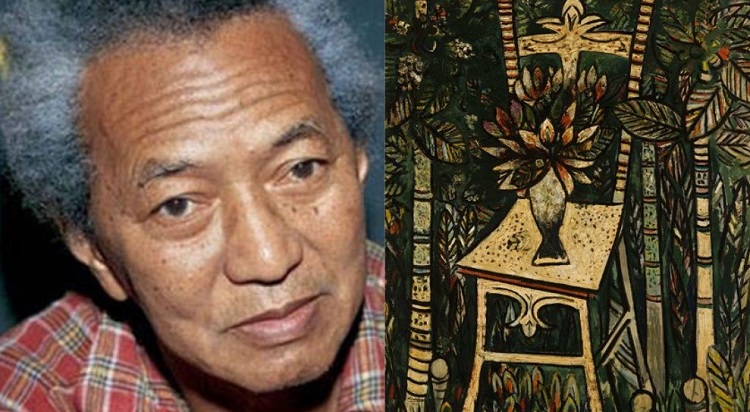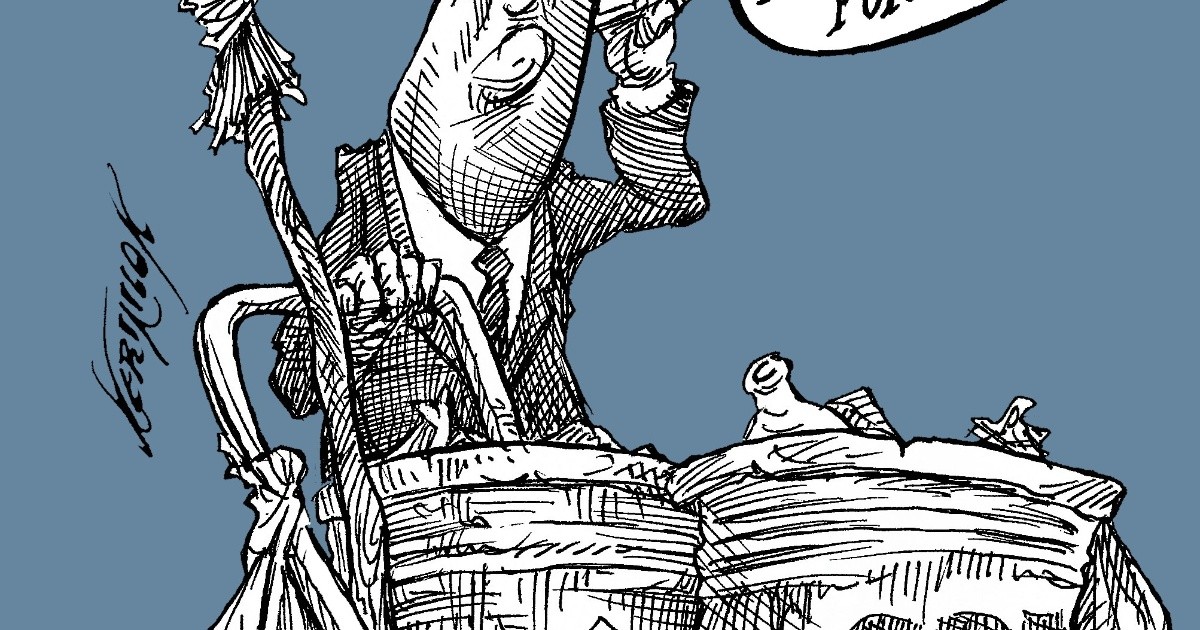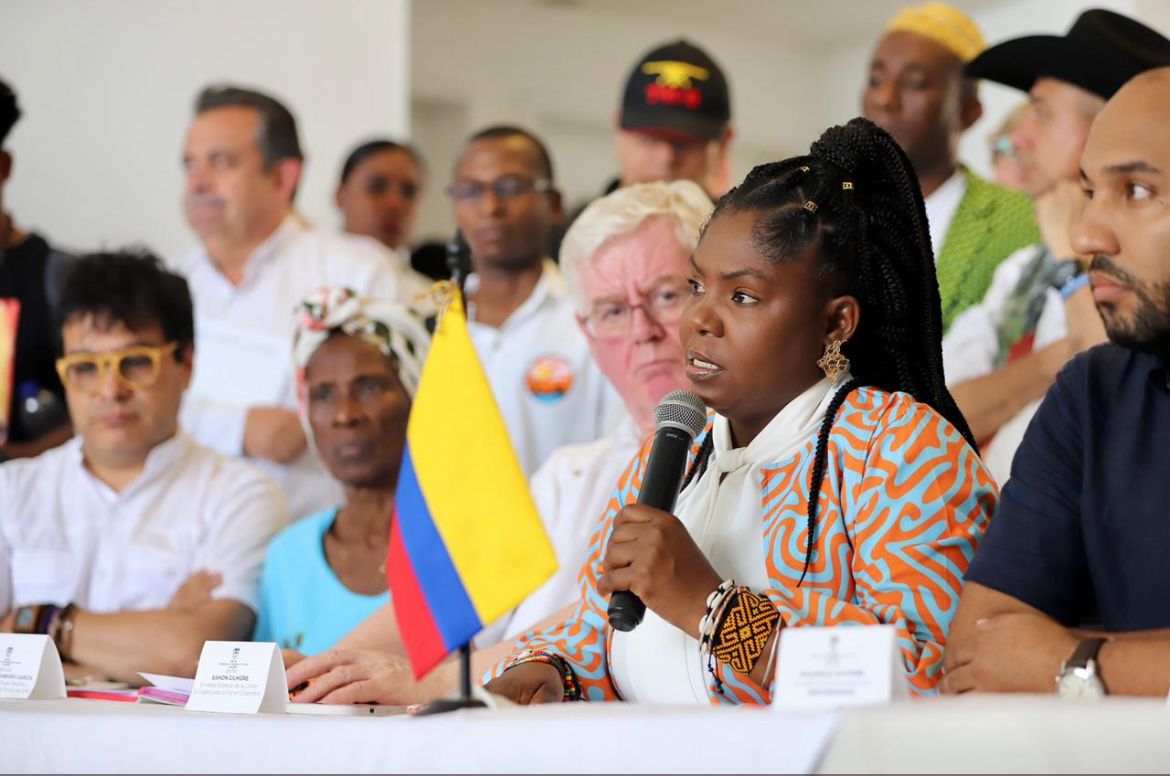HAVANA, Cuba.- According to Anna Di Stasi, director of the Department of Latin American Art at Sotheby’s auction houses, a painting by Cuban painter Wifredo Lam could be worth between 8 and 12 million dollars. That makes him, by far, the most valued visual artist of those born on the Island, with a historical record of 9.6 million dollars paid for the painting. omi obiniat a Sotheby’s auction in June 2020.
Before that date, another Lam work had made headlines after being auctioned in Paris for $5.3 million. Far below those marks align Tomas SanchezCarmen Herrera, Roberto Fabelo and Manuel Mendive.
Wifredo Lam’s work is the paradigm of modern Cuban art. The creative periods that defined his work, from an initial stage close to realism with influences from the great Spanish masters, to cubism, surrealism and abstraction that he learned first-hand during his long stay in Europe, continue to captivate the attention of specialists. , artists, gallery owners and private collectors.
The painter of the “square devils” was born and raised in Sagua La Grande, current province of Villa Clara, among the exuberance of the Cuban countryside, the veneration of his father’s ancestors, the Catholicism of his mother and the Yoruba practices of his godmother. This is how he was shaping a rich imagery that years later would become the hallmark of one of the most transcendental pictorial works in the Hispanic world.
120 years after his birth, no expert could claim to have the last word regarding the meaning of his aesthetic positioning. Lam is an enigma that can be disturbing. It is visual poetry, fury, terror and death. It is miscegenation, raciality and deep religiosity.
Wifredo Lam was also a man marked by painful personal losses, who joined the fight for the preservation of the Spanish Republic after the outbreak of the Civil War in 1936.
Unfortunately, his republicanism did not extend to what happened in Cuba after January 1959. The author of The chair, The jungle, Third World and so many impressive works, he refrained from condemning the regime established by Fidel Castro, which fell like a tombstone on the freedom of creation.
Today, the majority of Cuban plastic artists emulate the attitude of the genius of Sagua La Grande in the face of a dictatorship as cruel as Franco’s. The only difference is that his subservience, or pretended neutrality, far exceeds the quality of his works.
Receive information from CubaNet on your cell phone through WhatsApp. Send us a message with the word “CUBA” on the phone +525545038831, You can also subscribe to our electronic newsletter by giving click here.






